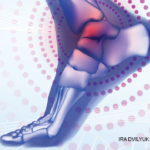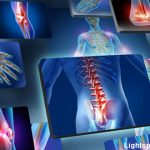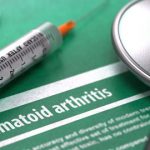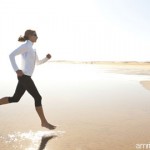A patient’s gait, or how they walk, is an important predictor of the biomechanical load distribution that affects osteoarthritis (OA). This understanding comes from a growing body of literature in biomechanics to test and treat patients with OA, which takes into account a very practical treatment: a patient’s shoes. A focus on flexible footwear, along…






